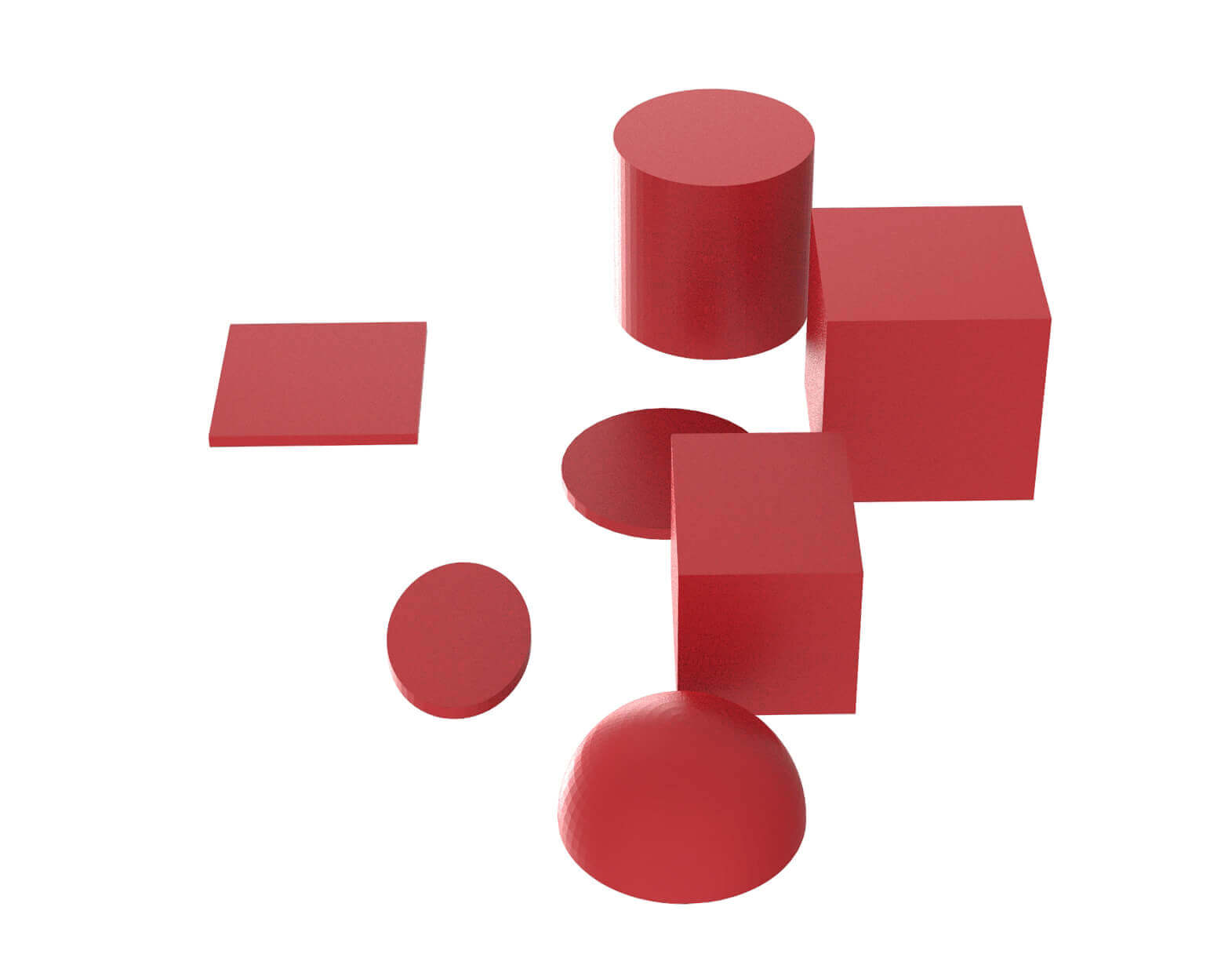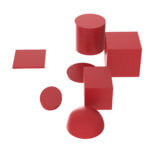
Technichal Specifications
How to use this exercise?
From one-dimensional geometry to the three-dimensional one
Number of pieces of this exercise
11
General description
The model allows the students to understand the differences and correlations of the representation of objects from one dimension to the three dimensions.
Additional Material
Models used:
License Info
Attribution 4.0 International (CC BY 4.0) https://creativecommons.org/licenses/by/4.0/You are free to:
Share — copy and redistribute the material in any medium or format
Adapt — remix, transform, and build upon the material
for any purpose, even commercially.
Under the following terms:
Attribution — You must give appropriate credit, provide a link to the license, and indicate if changes were made. You may do so in any reasonable manner, but not in any way that suggests the licensor endorses you or your use.
No additional restrictions — You may not apply legal terms or technological measures that legally restrict others from doing anything the license permits.
Learning Specifications
How can the model be used in class?
It can be used to show the different points of view of the objects seen from a one-dimensional point of view up to the three-dimensional one, also related to Cartesian axes.
Suitable dimensions for its use in the classroom (mm):
- Square: 80x80x5 mm
- Circle: d.80×5 mm
- Cube: 80x80x80 mm
- Cilinder: d.80×80 mm
- Ellipse: 80x600x5 mm
- Parallelepiped: 60x60x80 mm
- Rectangle: 80x60x5 mm
- Sphere: d.80 mm
- Ellipsoid: 80x600x50 mm
What benefits can its use have?
Understanding of classical and analytical geometry and the relations with mathematics (history of mathematics and its revolution carried out by Cartesian).
Can it be used in other subjects?
Computer technology
